I am encountering an issue in IE9,10,11 where an ::after pseudo element will not fill 100% of the height of it's td parent.
If the first column in the second row had two lines of text, the pseudo element would fill the full height with no problem. So, I figured that the issue was happening because the td was not filling the height of the tr but that isn't the case.
The first screenshot is Chrome and the second is IE9
HTML
<table>
<tr>
<td>Two<br/>Lines</td>
<td>Two<br/>Lines</td>
</tr>
<tr>
<td>One Line</td>
<td>Two <br/>Lines</td>
</tr>
</table>
CSS
table td {
border-bottom: 1px solid;
}
table td:first-child {
position: relative;
}
table td:first-child::after {
position: absolute;
top: 0;
right: 0;
content: '';
width: 2px;
height: 100%;
display: block;
background-color: orange;
}
Codepen: http://codepen.io/cbier/full/BjpaqB/
P.S. I am using an ::after pseudo-element instead of borders for a special reason and it is a requirement
Thanks!

